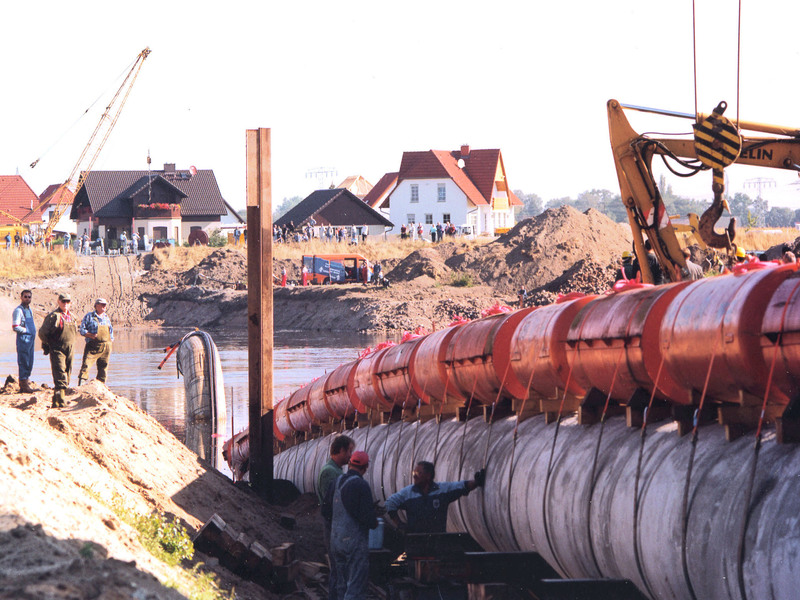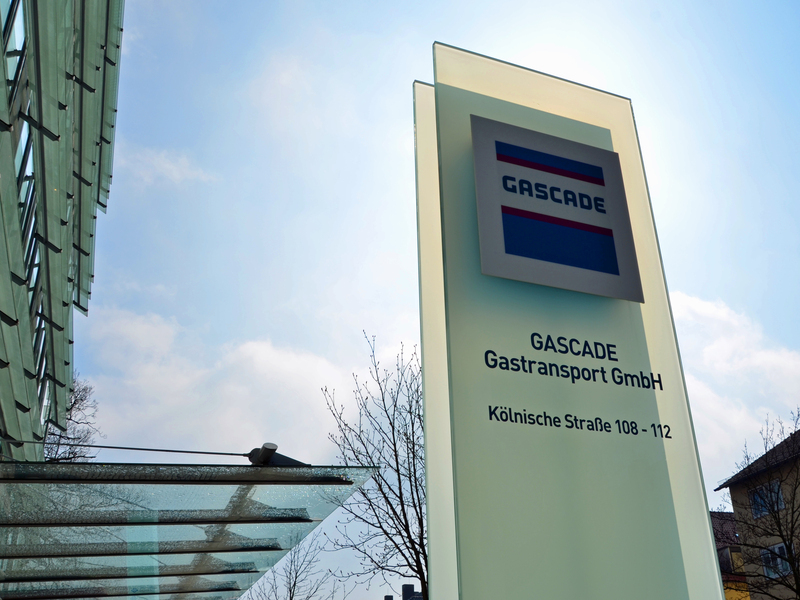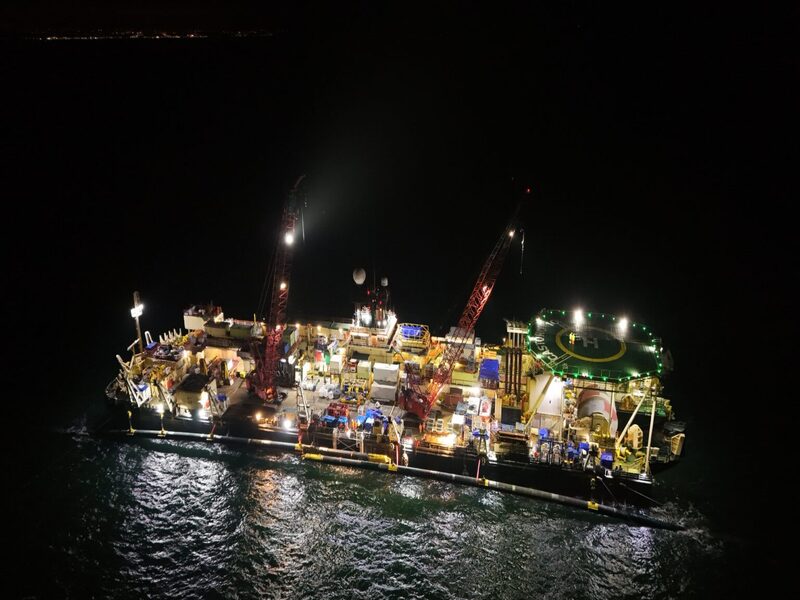The Ostsee Anbindungsleitung (OAL) is an approximately 50km long offshore subsea pipeline located in Germany.
GASCADE Gastransport GmbH is the owner and developer of the pipeline. The pipeline is the first marine section of the Baltic Connector Pipeline.
The OAL pipeline consists of four sections: the Lumbin land section, the sea section from Lumbin to Kilometre Point 26 (KP 26), the sea section from KP 26 to Mukran, and the land section in Mukran.
Each section requires independent approvals from the Bergamt Stralsund, the mining authority of Stralsund.
Project Gallery
The Lumbin land section was approved by the Bergamt Stralsund in February 2023, the sea section from Lumbin to KP 26 in August 2023, the sea section from KP 26 to Mukran in October 2023, and the land section in Mukran received approval in August 2023.
The construction of the pipeline was completed in January 2024. The goal of enabling gas feed-in in the winter of 2023/2024 has been achieved.
The pipeline is expected to commence the transport of gas in February 2024.
Ostsee Anbindungsleitung Location Details
The Ostsee Anbindungsleitung Subsea Pipeline serves as an interconnection between the Liquefied Natural Gas (LNG) Terminal in the port of Mukran and the German Pipeline Network in Lubmin, Germany.
Ostsee Anbindungsleitung Subsea Pipeline Details
The 48-inch offshore Ostsee Anbindungsleitung Subsea Pipeline is a high-strength steel pipe with a diameter of 1.2m and a wall thickness of at least 26.8mm.
The pipeline is provided with a concrete casing of 90mm so that it is stable on the seabed and is buried with a covering of 0.50m*2.55m depending upon the local conditions.
The pipeline connects the LNG terminal located in the port of Mukran with the pipeline network of Germany located in Lumbin.
The LNG terminal in the port of Mukran is a planned project which will include two Floating Storage and Regasification Units (FSRUs).
The LNG terminal is being developed by Deutsche ReGas and is planned to be commissioned in the winter of 2024. GASCADE is the transmission system operator of the terminal and will connect the terminal to the gas transmission system of Germany.
The OAL subsea pipeline will strengthen the supply security of Germany by feeding the re-gasified LNG into the German Gas Grid.
The pipeline will also support the transport of green hydrogen in the medium term. In the long term, the pipeline can feed green hydrogen into the German Hydrogen Core Network through the entry point in Mukran.
The site at Lumbin will be an important point in the development of the German Hydrogen Network.
From Lumbin, the green hydrogen will be transported southwards around the Baltic Sea to the industrial consumption centres located in the eastern and southern Hesse and Baden-Württemberg.
Baden-Württemberg is a part of the Flow-Making Hydrogen Happen Project. The project is a part of the German Hydrogen Core Network.
The OAL pipeline, along with the EUGAL and OPAL long-distance pipelines, would provide substantial transport capacities from the Lumbin coast in the northeast to the main consumption centres in Germany and Central and South-Eastern Europe.
Key Construction Process Details
The process of laying the pipeline consists of three steps: construction of a pipe trench, welding and laying of the pipe string, and backfilling and restoration of the seabed.
For constructing the trench, the dredged material was transported on transport vessels called hopper barges to an underwater intermediate storage facility.
The individual pipes were welded together in a pipe string on a special vessel, a laying barge.
The pipe string was laid into the trench on the seabed in a controlled S-curve. This is known as the S-lay process.
The S-lay process is the method of laying large-diameter offshore pipelines over long distances at average water depths.
Through Above-Water-Tie-In (AWTI), a final laying step, all individual pipe strings are joined together. During the construction of the OAL pipeline, two AWTIs were conducted.
The pipeline was laid after the alignment of two pipe strings. This was followed by backfilling of the pipe trench with a sand-gravel mixture as the first layer and the original material from the trench as the second layer.
Contractors Involved
In February 2024, ABL successfully installed the OAL subsea pipeline. The installation was a part of the marine warranty survey contract awarded by GASCADE.
The scope of the survey also included transportation of the pipeline to the site.
The day-to-day management of the project was conducted by the ABL team in Hamburg, Germany.
The technical expertise was ensured by the consultants from ABL Germany, Norway, Holland, and France.
CMS Legal represented GASCADE in a proceeding before the Federal Administrative Court against the fast-track action brought by Deutsche Umwelthilfe and NABU.
Deutsche Umwelthilfe and NABU pleaded against the approval granted by the Stralsund Department of Mining for the construction and operation of the pipeline.
In January 2024, the Federal Court delivered its judgement to continue with the construction and operation of the pipeline.
Deutsche Umwelthilfe also brought a petition against the project in September 2023.



